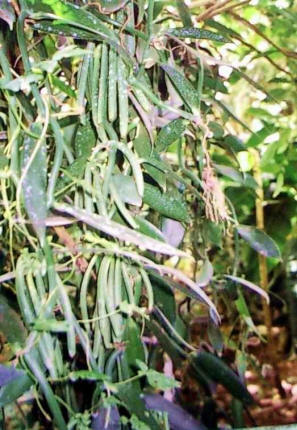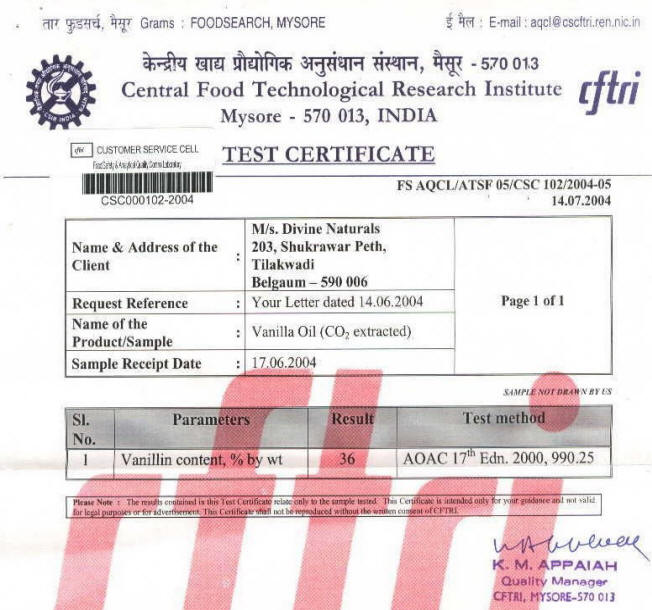Your cart is currently empty!
Scientific Aspects of Agnihotra: Agriculture – Food Quality (Part II)
|
Now let us see whether Homa Farming has a positive effect on the nutritional value also. Again we find a lot of information in the four M.Sc. theses done at Dharwad Agricultural University (Karnataka, South India). Homa Farming methods were compared with organic methods (without Homa) and with conventional farming methods. The crops planted were soy beans, cabbage, tomatoes, and okra. (Okra is also known as ladies’ fingers, a vegetable quite popular in Asian and African countries.) |
 |
|
Results were as follows: Soy beans 5% increase in protein content. 9,5% increase in oil content. Enzymes β-Amilase was increased by 35% compared to control in unsprouted seeds. After germination this increase went up to 66%. Invertase was increased by 45% compared to control in unsprouted seeds. After germination this increase went up to 100%. Cabbage TSS (Brix) value in cabbage increased by 39% compared to control. „TSS“ means „Total soluble solids“. Brix is the unit (one degree Brix means 1% in the solution). Brix is an indicator for food quality: Higher Brix means higher nutrient density, better taste, resistance to disease – better quality. Ascorbic acid (vitamin C) was increased by 11%. Total free phenols (important for their antioxidant effects) were increased by 18%. Protein content increased by 16%. Nitrogen content increased by 19%, sulphur by 71% and potassium by 19%. Also micronutrients like Cu, Zn, Mn and Fe were increased between 4% and 13%. Tomatoes Increase in quality parameters like ascorbic acid (49%), lycopene (40%), phenols (7%) and TSS (10%) was found due to soil and foliar application of Homa Biosol as compared to organic control. Okra Increase in quality parameters of okra like ascorbic acid (0.5-34%), phenols (2-8%), nitrogen (3-28%), phosphorus (4-58%), potassium (45-98%), micronutrients like Cu, Zn, Mn and Fe (51-52%, 31-48%, 3-17% and 2-23%, respectively) was registered due to different homa treatments as compared to conventional control not exposed to homa atmosphere at crop harvest stage. |
|
|
Another very interesting result was from Abhay Mutalik Desai who has his Homa Organic Farm near Belgaum (Karnataka, India). Homa Organic Farming products thus support our health as they supply us with all sorts of micronutrients which our bodies need (and often do not get). You could even say that Homa Farming food becomes a medicine. |
|
|
|
|


Leave a Reply